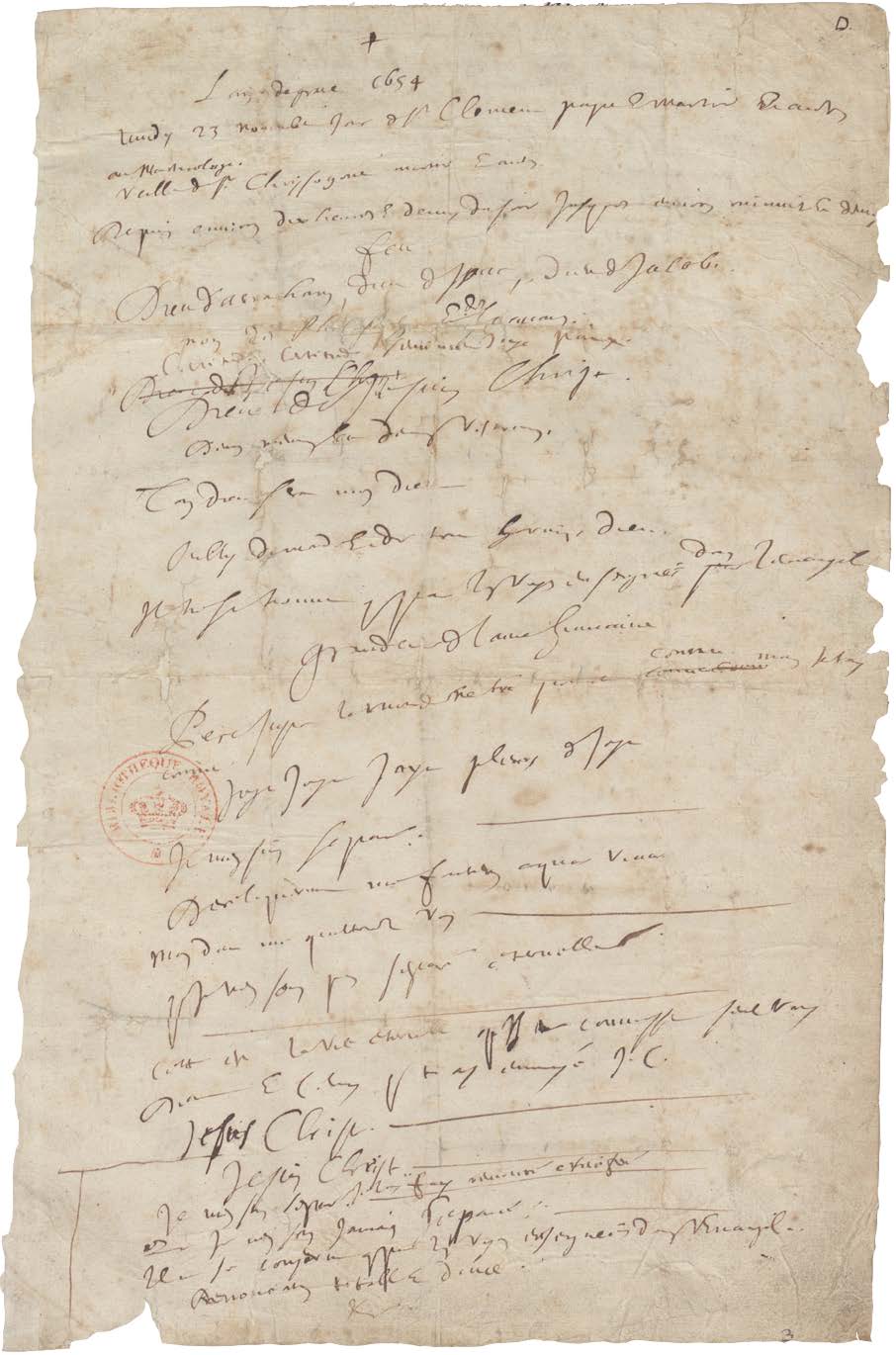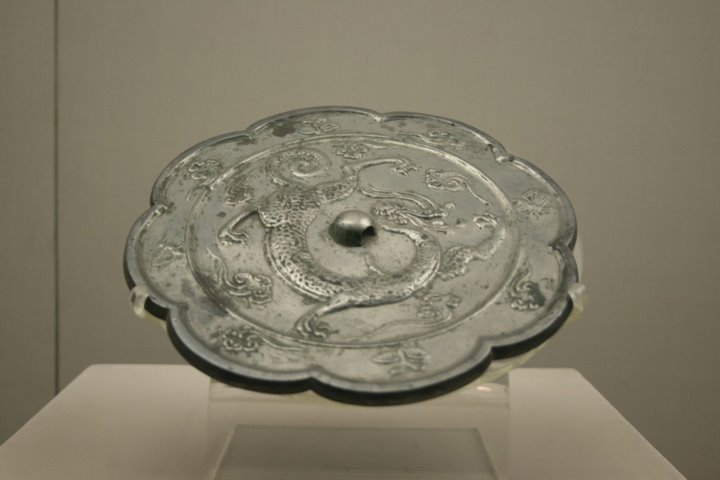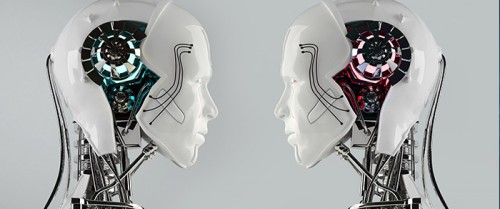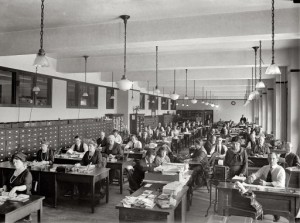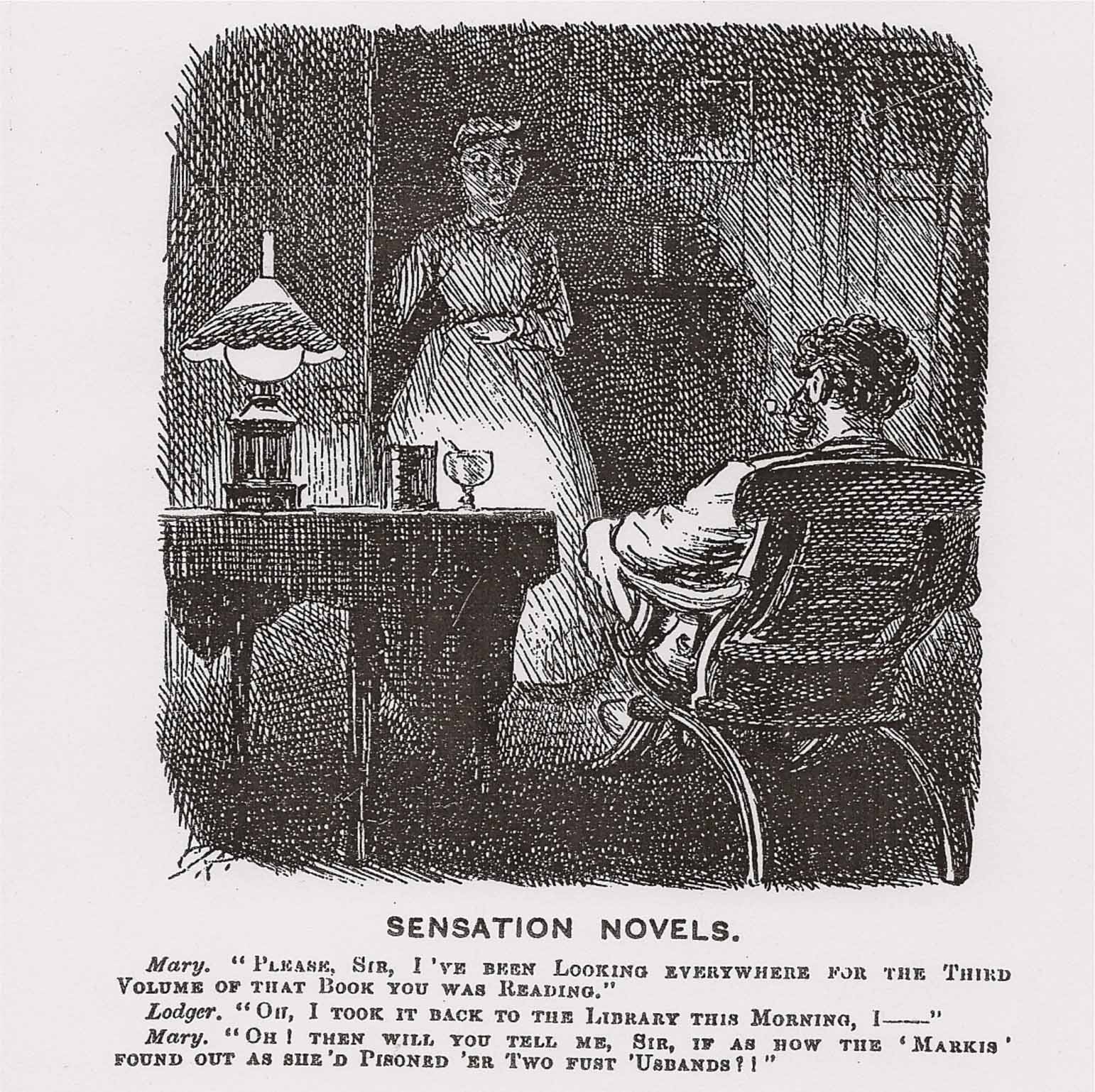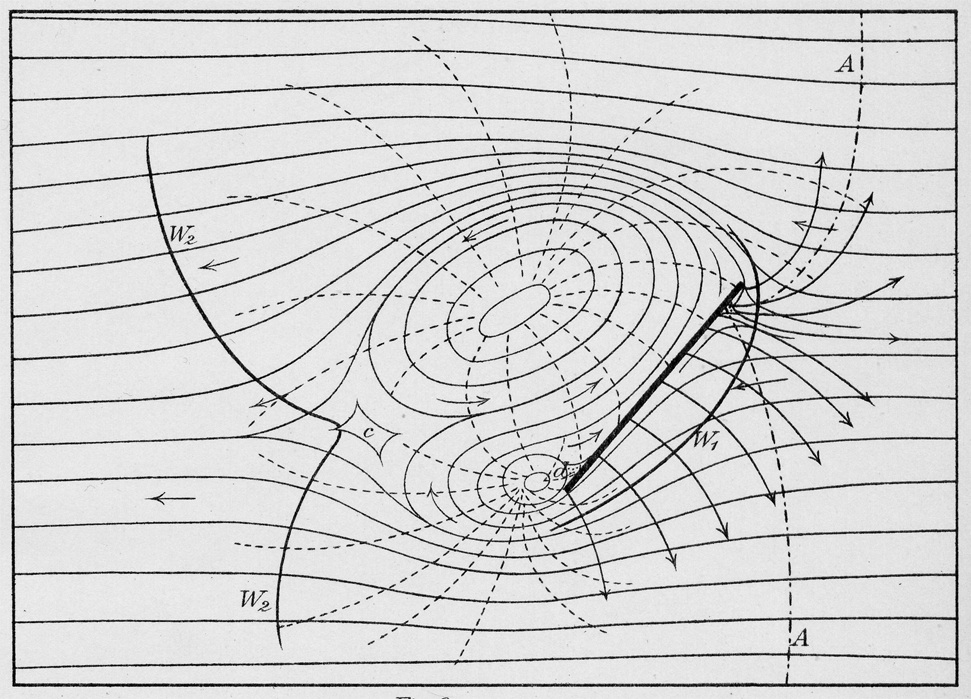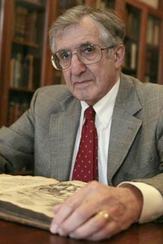Twice Written, Never Read: Pascal’s Mémorial Between Superstition and Superbia
BY HALL BJØRNSTAD
Why exactly did Blaise Pascal carry with him the testimony of a life-transforming religious experience written in two slightly different versions and hidden in the lining of his coat? By tracing the unease with which this question has been met—or most often, dodged—by 350 years’ worth of readers, this essay (recently published in Representations 124) argues that Pascal’s so-called Mémorial still today presents us with the necessity to rethink the commemorative and transformative function of texts in general.
HALL BJØRNSTAD, Assistant Professor of French at Indiana University, Bloomington, is the author of Créature sans créateur. Pour une anthropologie baroque dans les “Pensées” de Pascal (Québec, 2010; Paris, 2013) and, with Katherine Ibbett, co-editor of a special issue of Yale French Studies, “Walter Benjamin’s Hypothetical French Trauerspiel” (2014).

